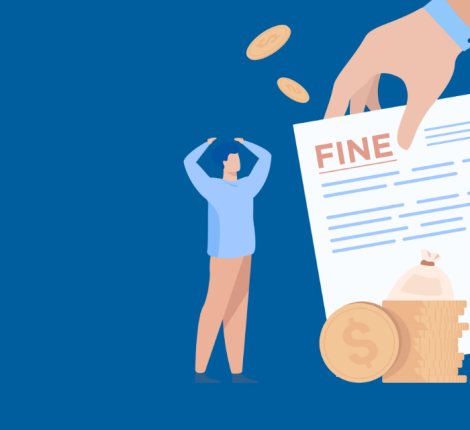LegaLogic LEEGASEE-IPR Newsletter : BMW Vs DMW – Visually and phonetically similar trademark –June 2020
The concept of “deceptive similarity” has been widely recognised as a ground for trademark infringement under various trademark regimes. In Indian legal system as well, “deceptive similarity” is considered as a ground for not granting the registration of the trademark to an applicant by the Registrar of Trademarks. Deceptively similar can be understood as a trademark created, almost similar or a look-alike of an already existing trademark in order to deceive and confuse the consumers. Recently, well known car brand BMW won a case of trademark infringement against DMW, an electric vehicle manufacturer. Since DMW sounds almost identical to the very famous BMW, BMW decided to take the matter to the court and succeeded in getting an interim injunction against DMW!! The order granted in favour of auto giant BMW for restraining use in respect of automobile goods, especially E-rickshaws, bearing the mark DMW, as the same amounted to infringement of the BMW’s rights subsisting in its reputed trademark BMW.
The Hon’ble Delhi High Court in Bayerische Motoren Werke Ag (BMW) vs Om Balajee Automobile (India) (DMW), CS(COMM) 292/2017 ordered that the mark DMW was deceptively similar to established brand BMW, holding that the DMW had adopted the essential features of the BMW’s mark and that there was a visual and phonetic resemblance in the marks. The court also agreed the DMW logo was “visually and phonetically similar” to BMW’s, and “is likely to mislead an average man of ordinary intelligence.” Om Balajee Automobile (India) has been ordered to restrain from “manufacturing, exporting, importing or offering for sale, advertising or in any manner dealing with goods not limited to e-rickshaws bearing the mark DMW or any other mark which are identical or deceptively similar to the BMW mark.” It is necessary for applicants to check that the mark which they intend to file should not be visually and phonetically similar to the already filed / registered trademark. It is therefore important and advisable before filing application for trademark, to conduct thorough search to avoid future litigation.
Well-Know Trademark
Well-known trademark is a mark which has become well-known to the public at large. The Trademarks Act, 1999, defines well-known trademark as “a mark which has become so to the substantial segment of the public which uses such goods or receives such services that the use of such mark in relation to other goods or services would be likely to be taken as indicating a connection in the course of trade”. A well-known trademark, like Nike or Pepsi, is a popular mark, logo or a symbol that represents a brand along with hard earned goodwill and reputation earned by an entity owning such trademark. The well-known marks are protected not only for goods and services related to those with which it is already associated, but also for non-competing goods and services also. Remedies available for the trademark owner on misuse or infringement of well-known trademark • Prevent worldwide registration of similar and deceptive similar trademark in respect to any and all class of goods and services. • Request removal of infringing mark. • Prevent incorporation of the trademark in the name or logo of any organization or corporate name. To know more about legal aspect of well-known marks, please write to us at ipr@legalogic.co.in
Protecting IPR
Intellectual property is the set of intangible assets. IPRs are prima facie evidence of ownership and validity. The same are considered “ASSETS” in corporate portfolio. § IPR provides incentive to the individual for new creations and gives recognition to the creators and inventors § IP acts as a clear differentiator in the growth of the business and can create a long last value. Cultivating and protecting IPR promotes Innovation. The protection prevents third parties from using the protected IPR in an unauthorized manner and in case of any unauthorized use, provides legal remedies to the owner of the such IPR.




